
Why Is Veterans Day Celebrated on November 11th?
Introduction
In a world filled with countless holidays, few resonate as deeply as Veterans Day. Celebrated annually on November 11th, this day stands as a solemn reminder of the sacrifices made by those who donned the uniform of the United States Armed Forces. But what makes this specific date so significant? It’s not just about honoring veterans; it’s about commemorating a pivotal moment in history—the end of World War I.
On November 11, 1918, the armistice between the Allied nations and Germany took effect. This marked a moment of silence after years of chaos. The fighting ceased at the 11th hour, on the 11th day of the 11th month. This extraordinary timing is why November 11th is etched in history.
President Woodrow Wilson recognized the importance of this date. In 1919, he proclaimed the first Armistice Day, a celebration to honor those who served. The original intent was to create a moment of gratitude and reflection. It involved parades, public meetings, and a brief suspension of business at 11:00 a.m.
As years went by, the scope of the day widened. It became clear that all veterans, not just those from World War I, deserved recognition. This realization led to the transformation of Armistice Day into Veterans Day in 1954. The change allowed the holiday to honor all veterans, regardless of their service time.
Today, Veterans Day is more than a day off work; it’s a national observance deeply rooted in history. The day reminds us not only of sacrifices made but also of the enduring spirit of those who have served. This article sheds light on the intriguing history behind Veterans Day, exploring its evolution from Armistice Day to the revered holiday we observe today.

Summary Section
Veterans Day is more than just a day off work; it’s a national observance rooted in a rich history that dates back to the end of World War I. Originally known as Armistice Day, it marked the cessation of hostilities at 11 a.m. on November 11, 1918. This moment was significant, not just for the United States but for the entire world, symbolizing a shift from conflict to peace.
In the years following the war, President Woodrow Wilson proclaimed November 11th as Armistice Day in 1919, a day to honor those who had served. However, as the years passed and the nation faced new conflicts, there was a growing recognition that all veterans, not just those of World War I, deserved to be honored. This realization led to the renaming of Armistice Day to Veterans Day in 1954, a change that allowed the celebration to encompass all veterans, regardless of when they served.
The observance of Veterans Day on November 11th was briefly altered in the 1970s due to the Uniform Monday Holiday Act, which aimed to create more three-day weekends. However, public dissatisfaction led to its restoration to the original date in 1978. Today, Veterans Day is celebrated with parades, ceremonies, and moments of silence, reminding us of the sacrifices made by millions of men and women who have served the nation.

Speaking of sacrifices, if you want to delve deeper into the emotional weight of military service, consider reading The Things They Carried by Tim O’Brien. This poignant collection of interconnected short stories examines the burdens of war, making it a must-read for anyone seeking to understand the emotional landscape of a soldier.
This exploration of Veterans Day reveals the complexities of its origins and the ongoing importance of honoring those who have served. As we gather to celebrate, it’s essential to reflect on the historical significance of November 11th and the values it embodies.
Understanding why November 11th holds such historical significance is crucial. Why is Veterans Day celebrated on November 11th?
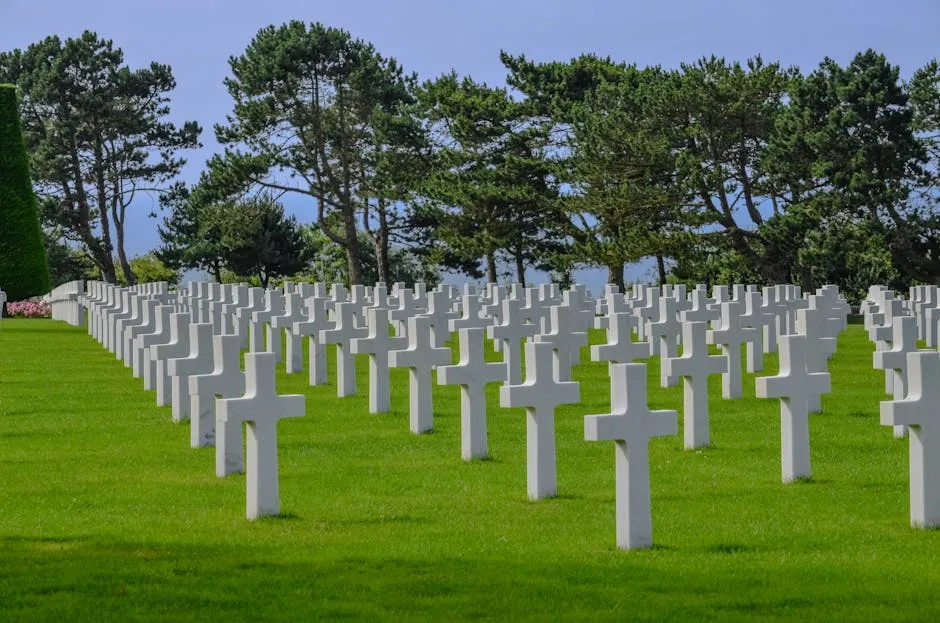
History of Veterans Day
The Origins of Veterans Day
November 11, 1918, marked a monumental moment in history. The Great War, later known as World War I, officially ended. At precisely 11 a.m., an armistice between the Allied nations and Germany took effect. This moment is significant for several reasons. It symbolized peace after years of brutal conflict, resulting in millions of casualties. The day is often remembered as the 11th hour of the 11th day of the 11th month.
Fast forward to 1919, President Woodrow Wilson proclaimed the first Armistice Day. He expressed solemn pride in the heroism of the men who served. His proclamation called for a day filled with public gatherings, parades, and a brief suspension of business at 11:00 a.m. Wilson’s intention was clear: this day would honor those who sacrificed for peace and justice.
The recognition of November 11th expanded over the years. In 1938, the U.S. Congress officially made Armistice Day a legal holiday. It was primarily focused on honoring veterans of World War I. However, as time passed and conflicts arose, it became clear that all veterans deserved appreciation—not just those who served in the Great War.
If you’re interested in understanding the broader implications of military actions, consider picking up The Complete History of the Vietnam War. This book provides a comprehensive overview of the conflict that changed many lives and shaped the modern world.
The transformation from Armistice Day to Veterans Day occurred in 1954. After World War II and the Korean War, the 83rd Congress decided it was time for a change. They amended the 1938 Act, replacing “Armistice” with “Veterans.” This change recognized the sacrifices of all veterans, regardless of their service time. President Dwight D. Eisenhower signed this legislation into law on June 1, 1954.
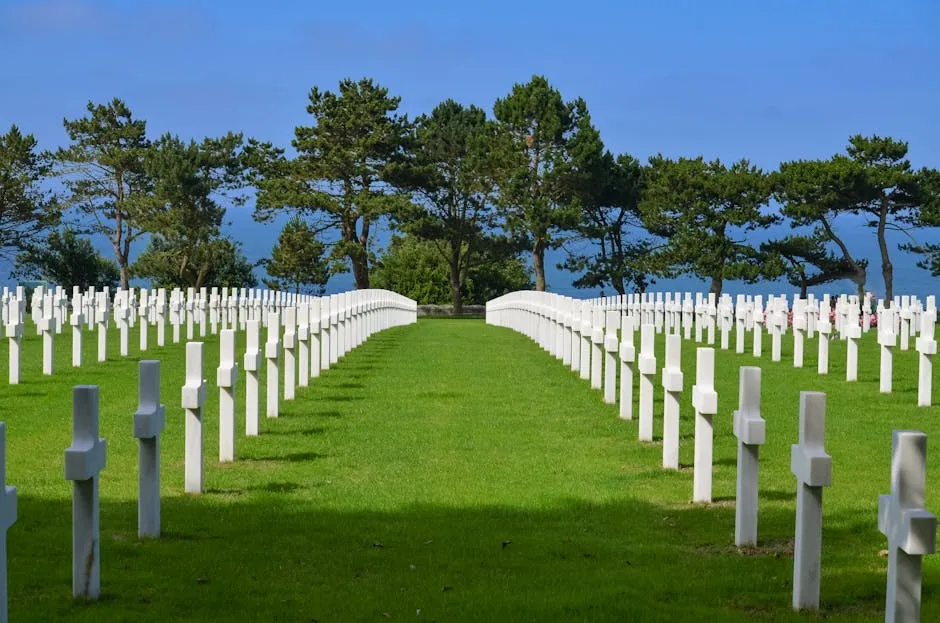
Evolution Through the Years
The evolution of Veterans Day has been fascinating. Initially focused on World War I veterans, the holiday began to include those from World War II and the Korean War. In 1945, Raymond Weeks, a World War II veteran, proposed a national day to honor all veterans. He organized the first national Veterans Day celebration in 1947.
Legislative changes were pivotal in shaping the holiday. In the late 1960s, the Uniform Monday Holiday Act aimed to create more three-day weekends. This Act moved Veterans Day to the fourth Monday in October, causing confusion among citizens. Many still celebrated on November 11, recognizing its historical significance.
Public dissatisfaction with this change led to a revival of the original date. In 1975, President Gerald Ford signed a law returning Veterans Day to November 11, effective in 1978. This restoration allowed the holiday to retain its historical importance and focus on honoring America’s veterans for their sacrifices.
For those who want to grasp the personal stories behind the statistics, I highly recommend Unbroken: A World War II Story of Survival, Resilience, and Redemption by Laura Hillenbrand. This gripping narrative chronicles the extraordinary life of Louis Zamperini, offering insights into the resilience of the human spirit.
Since its inception, significant celebrations and ceremonies have taken place on Veterans Day. From parades to memorials, communities across the country come together to show appreciation for those who have served. The Arlington National Cemetery hosts the most notable ceremony, where a wreath is laid at the Tomb of the Unknown Soldier. This enduring tradition reinforces the values of gratitude and respect for our veterans.
Over time, Veterans Day has evolved into a day for reflection and acknowledgment of all who served. It fosters a sense of unity and respect among citizens, reminding us of the sacrifices made by military personnel. As we celebrate this significant day, it is essential to remember the rich history that led to its establishment and the countless lives it continues to impact.

Observance of Veterans Day
National Ceremonies
Every November 11, a significant ceremony takes place at Arlington National Cemetery. This event is central to the observance of Veterans Day. The President of the United States lays a wreath at the Tomb of the Unknown Soldier. This tomb symbolizes the sacrifices made by countless unnamed soldiers. It also represents all veterans who gave their lives for their country.
The Tomb of the Unknown Soldier holds profound significance. Established in 1921, it honors all unidentified service members who died in battle. The solemnity of this ceremony is palpable. As taps are played, many attendees reflect on the sacrifices made by veterans throughout history. The event is attended by dignitaries, veterans, and citizens alike, creating a shared moment of reverence.
Nationally, various ceremonies occur at memorials dedicated to veterans. Events at the National World War II Memorial and the Vietnam Veterans Memorial further enrich the observance. These ceremonies often include speeches, music, and tributes, offering a platform to honor the bravery and commitment of all service members.
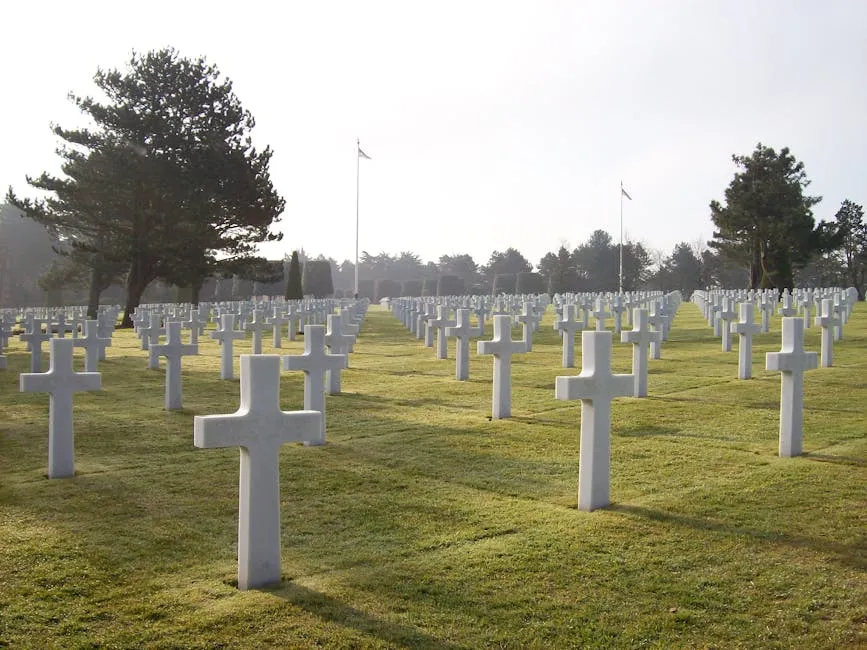
Local Celebrations
Across the United States, local communities enthusiastically celebrate Veterans Day. Parades are a highlight of this observance, featuring marching bands, veterans’ groups, and community organizations. These parades, often filled with patriotic spirit, showcase local heroes and foster a sense of unity.
In cities large and small, events vary widely. For example, some communities host ceremonies at local parks, where veterans share their experiences. Others might feature guest speakers, including local leaders and military personnel. These speeches emphasize the importance of service, sacrifice, and the ongoing support for veterans.
Recognition of veterans also takes place in schools. Students often participate in events that include performances, art displays, and moments of silence. This involvement helps instill respect and appreciation for veterans in younger generations. Local businesses frequently join the celebration, offering discounts or free meals to veterans, showcasing community support.
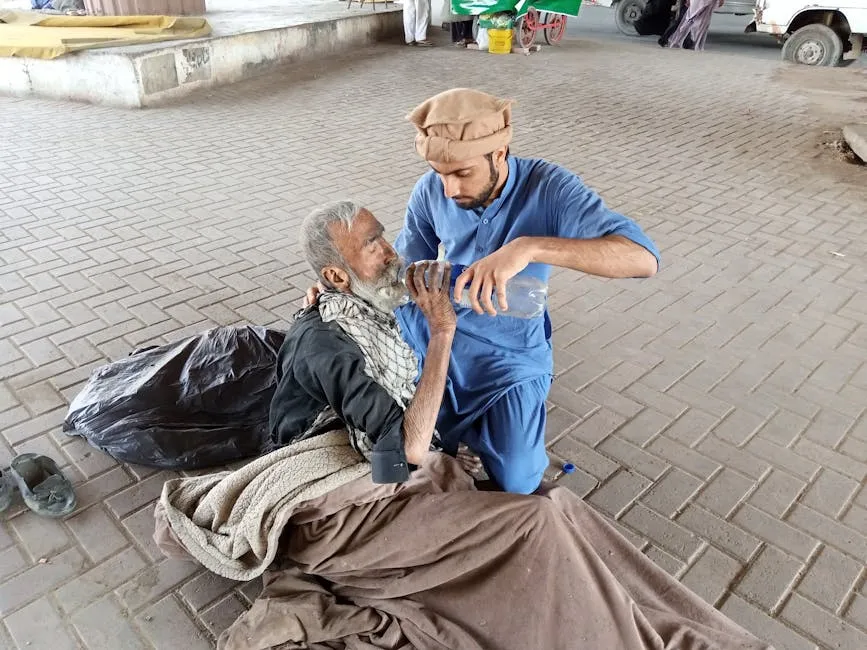
Educational Efforts
Educational institutions play a vital role in commemorating Veterans Day. Schools across the nation engage students in learning about the sacrifices made by veterans. Programs designed for this purpose often include history lessons, discussions, and projects focused on military service.
Many schools invite veterans to share their stories. These firsthand accounts provide students with a deeper understanding of military life and the challenges veterans face. Engaging with veterans fosters connections between generations, creating meaningful dialogues about service and sacrifice.
Programs like “Veterans in the Classroom” allow students to hear directly from those who served. This initiative encourages discussions about history, patriotism, and community involvement. Teachers often emphasize the importance of recognizing and supporting veterans, reinforcing the values of gratitude and respect.
In addition to classroom activities, educational institutions often participate in local ceremonies. Students might perform songs, recite poems, or present artworks that honor veterans. These initiatives help cultivate a culture of appreciation and remembrance, ensuring that the sacrifices of veterans are never forgotten.

Cultural Impact and Significance
The Role of Veterans Day in American History
Veterans Day reflects core American values. It honors the courage and sacrifice of those who served. Each November 11, the nation pauses to remember the heroes who fought for freedom. This day isn’t just about parades and speeches. It symbolizes a collective acknowledgment of the sacrifices made by millions.
The impact of wars on society is profound. From World War I to the ongoing conflicts today, countless lives have been affected. Families have endured heartbreak, while communities have rallied together in support. Veterans Day serves as a poignant reminder. It invites all Americans to reflect on these sacrifices. It’s a day to express gratitude for the freedoms we enjoy.
This day also offers a moment to promote healing. Veterans often face challenges returning to civilian life. By honoring their service, we acknowledge their struggles. We create awareness and understanding around veterans’ issues. Thus, Veterans Day is not just a day of remembrance; it’s a call to action for society. It encourages support for veterans, helping them reintegrate into civilian life.
Furthermore, Veterans Day fosters unity. People across diverse backgrounds come together to support a common cause. It breaks barriers and builds bridges within communities. This day compels us to pause and appreciate the dedication of our service members. It strengthens our national identity and reinforces our commitment to those who have served.
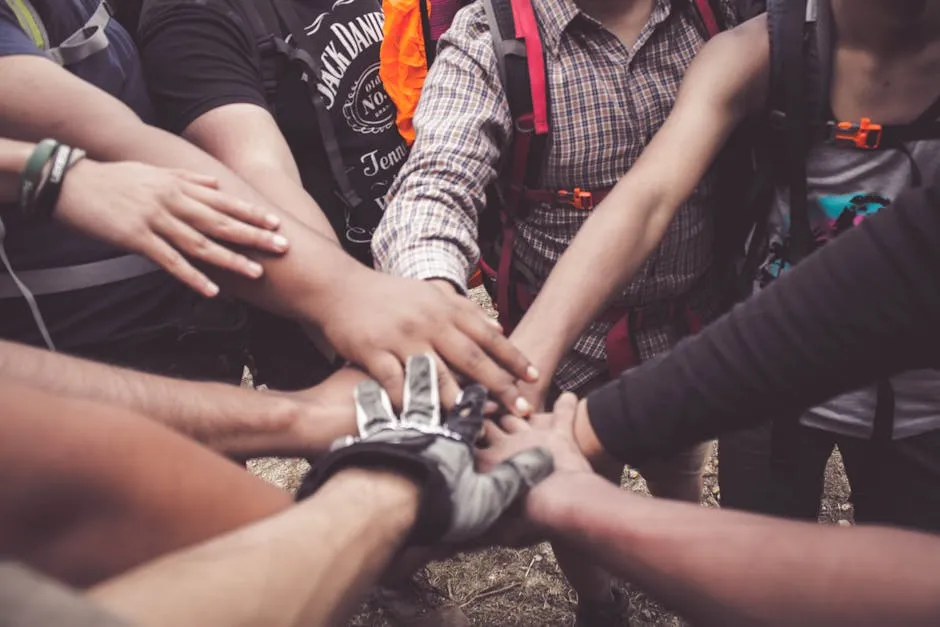
Comparisons with Other Holidays
Veterans Day is often confused with other military observances. Let’s clarify some key differences. Memorial Day honors those who made the ultimate sacrifice. It’s a somber day of remembrance for fallen service members. In contrast, Veterans Day celebrates all who served, living or deceased. It’s a day dedicated to recognizing their contributions.
Another holiday, Armed Forces Day, honors those currently serving. This observance focuses on active-duty military personnel. While all three holidays recognize military service, their purposes differ significantly. Veterans Day uniquely emphasizes the appreciation of living veterans. It’s a chance to express gratitude to those who have returned home.
The significance of Veterans Day lies in its inclusivity. It allows us to honor all veterans, regardless of when they served. This makes it a special occasion. It creates a sense of community among those who have donned the uniform. Each celebration reflects a shared commitment to recognizing their sacrifices.
In essence, while Memorial Day and Armed Forces Day serve important roles, Veterans Day stands apart. It combines elements of gratitude, remembrance, and celebration. This day encapsulates the spirit of honoring those who have dedicated their lives to protect and serve our country.
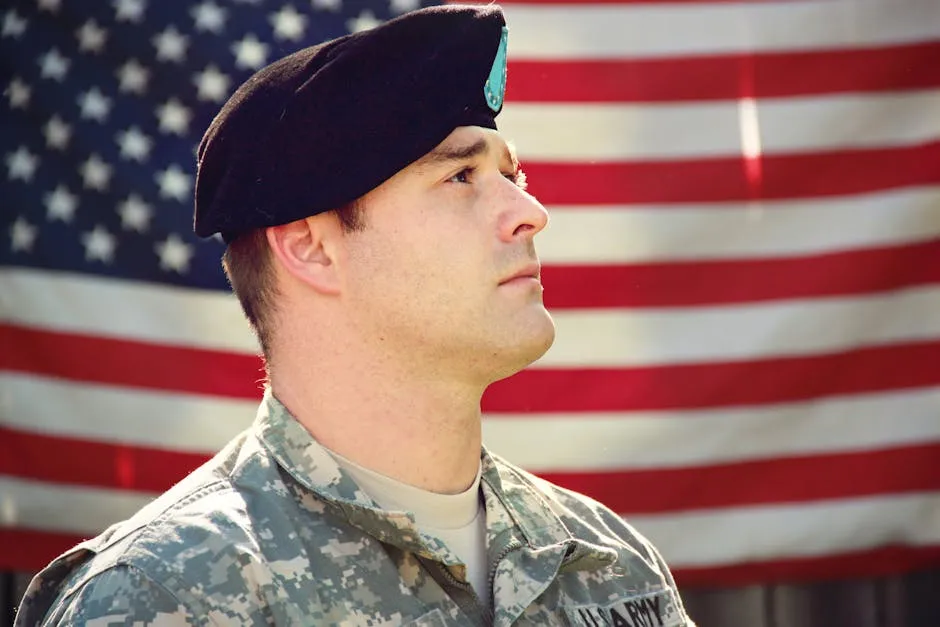
Conclusion
Veterans Day is more than a date on the calendar; it’s a heartfelt tribute to those who’ve donned the military uniform. Celebrated each year on November 11th, this day acts as a powerful reminder of the dedication, courage, and sacrifices made by countless individuals. It’s about honoring our heroes who protect our freedoms and ensuring their contributions are never forgotten.
Historically, this date marks the end of World War I. At 11:00 a.m. on November 11, 1918, the guns fell silent, ushering in a moment of peace after years of chaos. President Woodrow Wilson proclaimed the first Armistice Day in 1919 to honor those who served. Over time, it evolved into Veterans Day to recognize all who have served, not just those from the Great War.
As we gather on this significant day, let’s reflect on the valor of our veterans. They’ve faced unimaginable challenges and their stories deserve to be told. Let’s commit to honoring them not just on November 11th but every day. Whether through a simple thank you, participating in local events, or volunteering with veterans’ organizations, there are many ways to show our appreciation.
If you’re interested in a deeper dive into military history, consider watching Band of Brothers (DVD). This critically acclaimed miniseries chronicles the experiences of Easy Company during World War II, providing a gripping portrayal of camaraderie and bravery.
Let’s ensure that the spirit of Veterans Day resonates throughout the year, reminding us of the sacrifices made for our freedom and instilling a sense of gratitude in our hearts. Together, we can honor the legacy of our veterans, ensuring they feel valued and respected for their service.
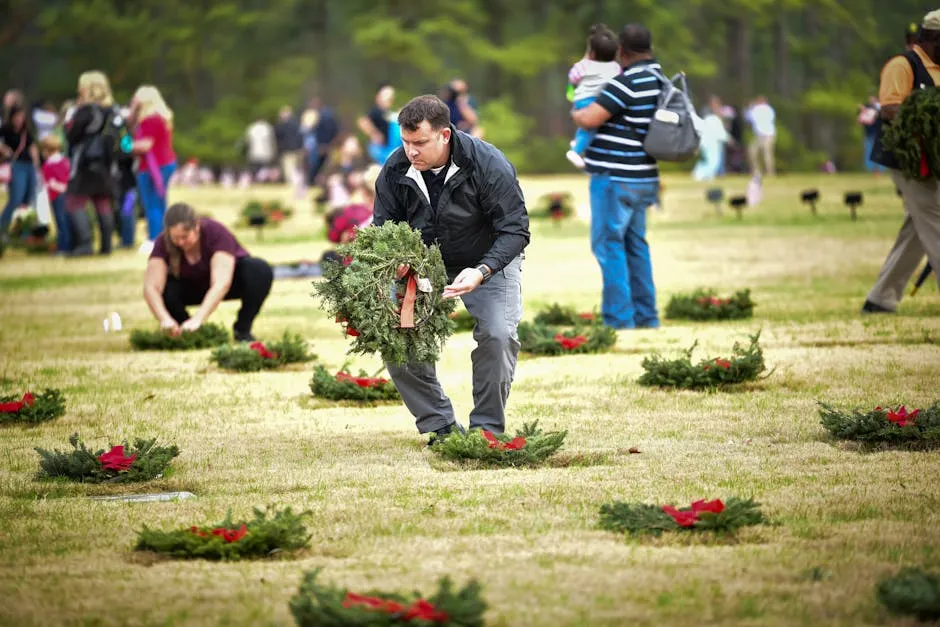
FAQs
What is the significance of November 11?
November 11 marks the armistice that ended World War I in 1918. It symbolizes peace after years of devastating conflict. The day is a recognition of the sacrifices made by countless soldiers during the war.
How did Armistice Day become Veterans Day?
In 1954, Congress renamed Armistice Day to Veterans Day. This change recognized the service of all veterans, not just those of World War I. The move aimed to honor their sacrifices more inclusively.
Are there any unique traditions associated with Veterans Day?
Absolutely! Many communities hold parades, ceremonies, and moments of silence. Schools often engage students in projects to learn about veterans’ sacrifices. These observances help foster a culture of respect and remembrance.
Why is it important to honor veterans?
Honoring veterans acknowledges their sacrifices and contributions. It reinforces the values of respect and gratitude within our society. Recognizing their service helps promote healing and unity among communities.
How can I get involved in Veterans Day celebrations?
You can participate in local events, volunteer at veterans’ organizations, or even attend parades and ceremonies. A simple gesture, like thanking a veteran or donating to a charity, can make a big difference in their lives.
Please let us know what you think about our content by leaving a comment down below!
Thank you for reading till here 🙂
All images from Pexels




